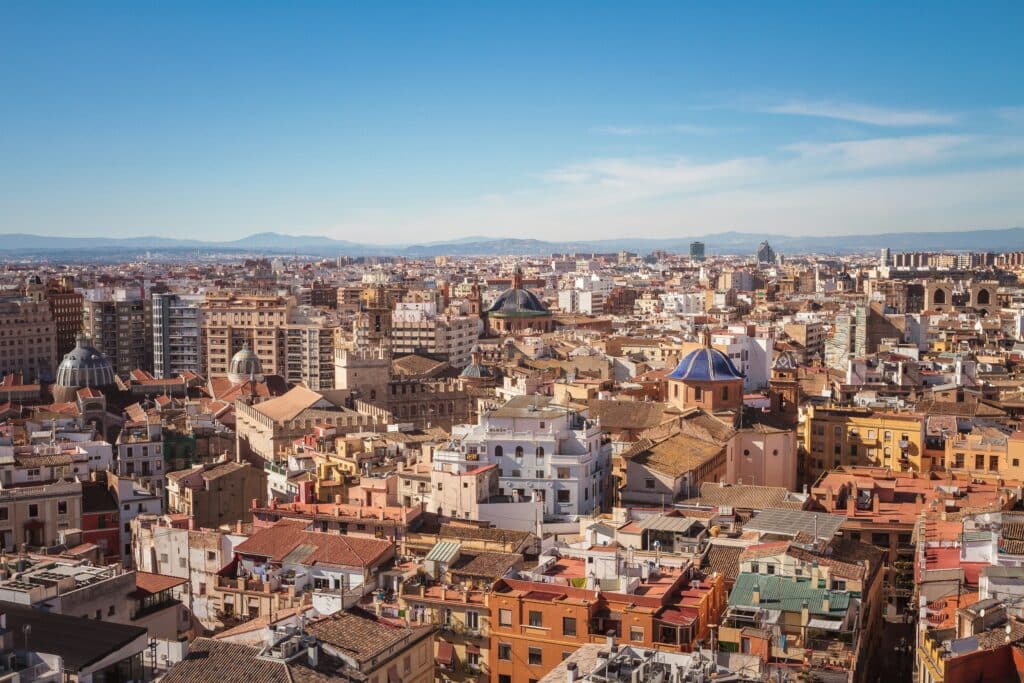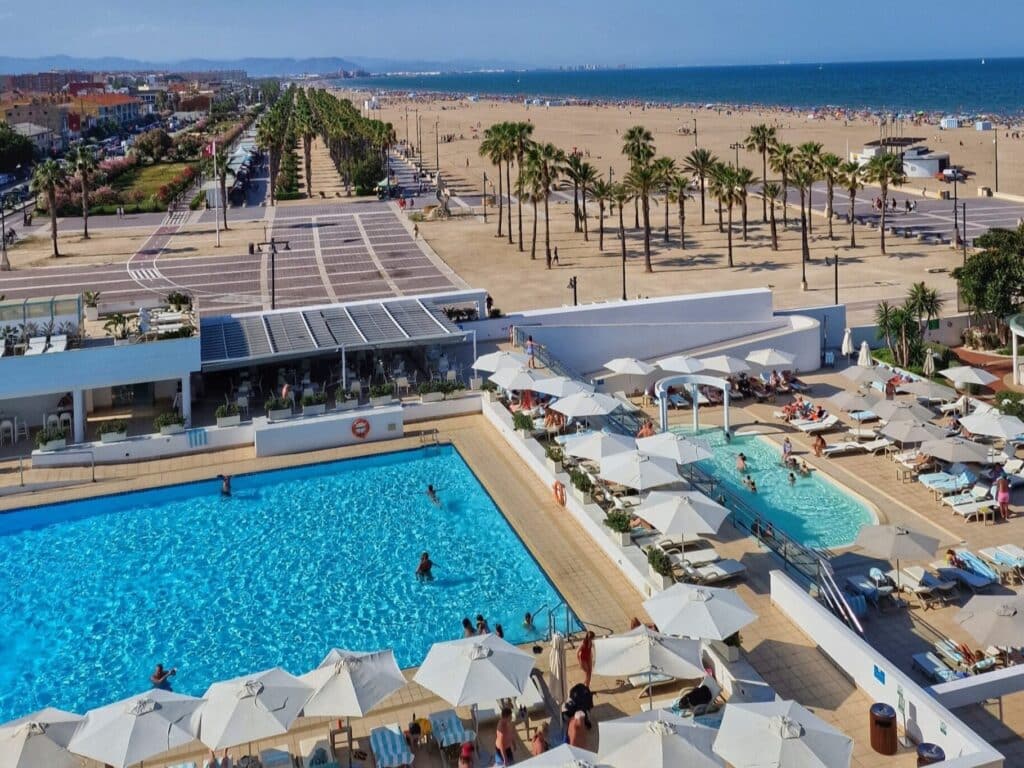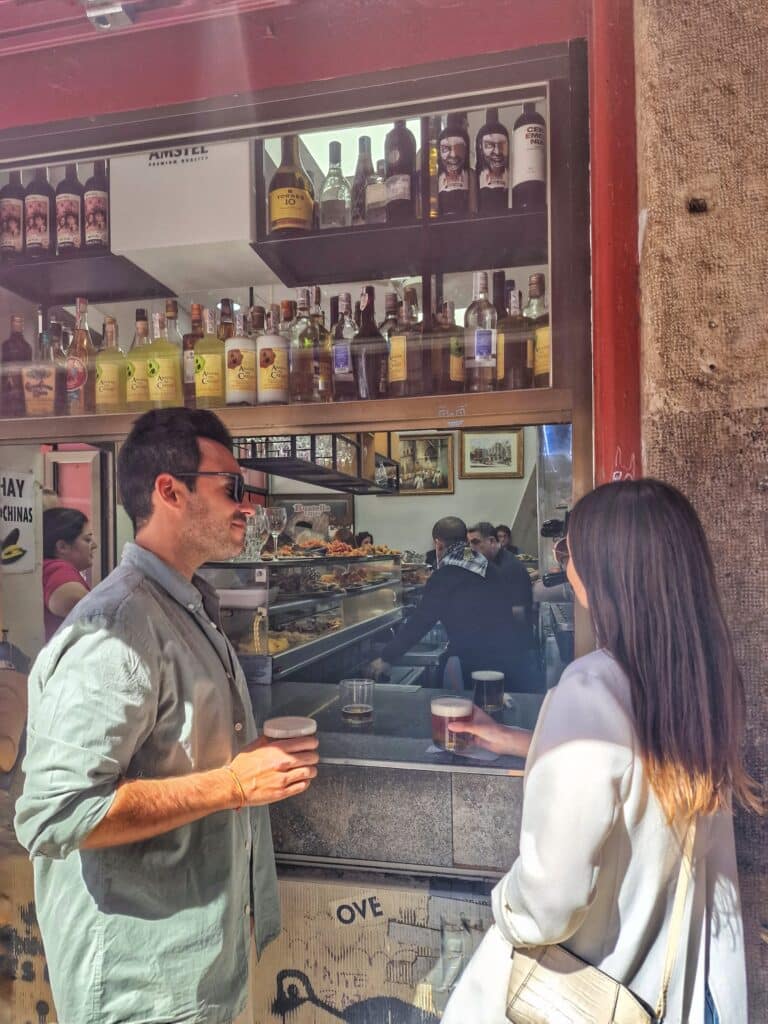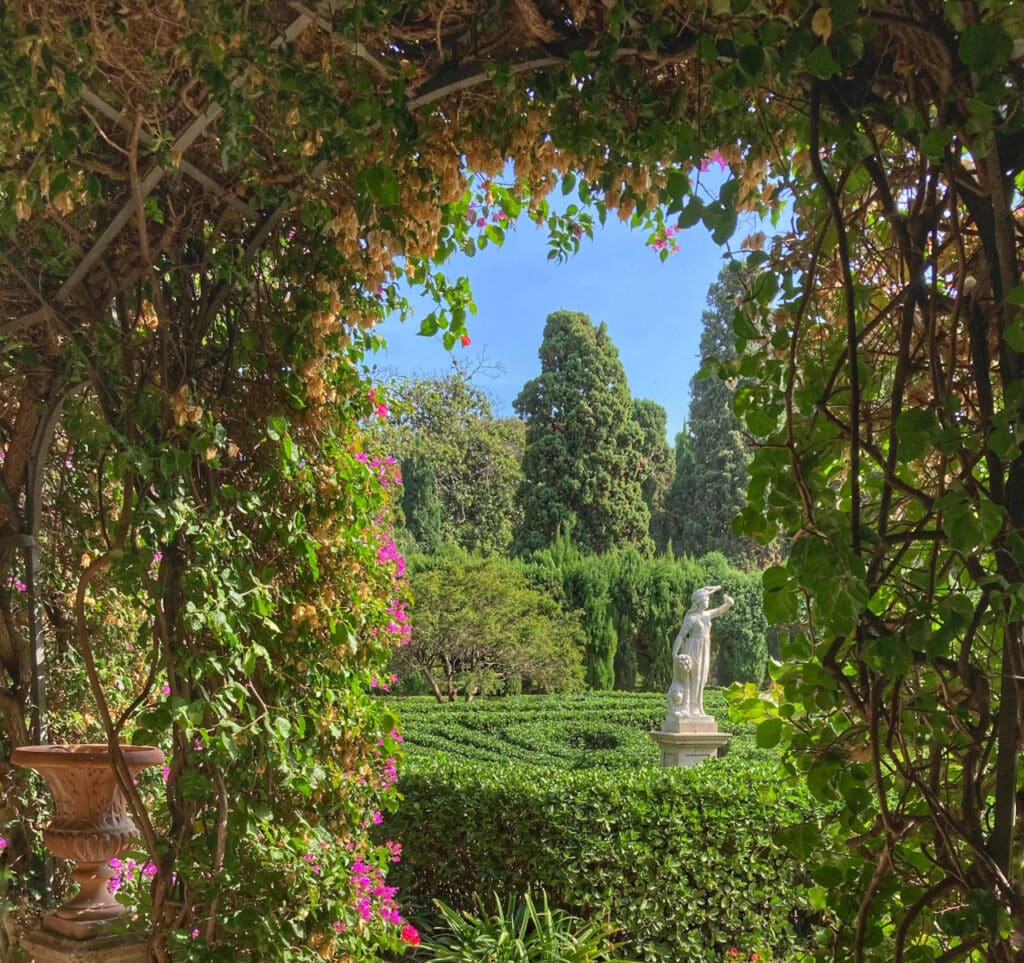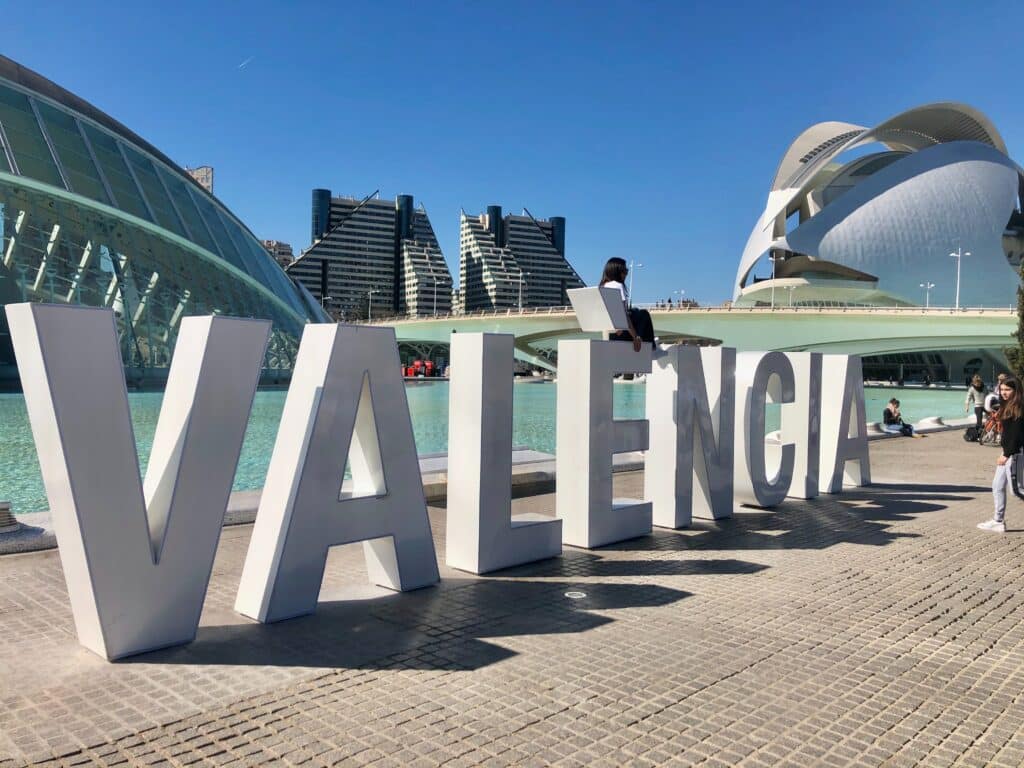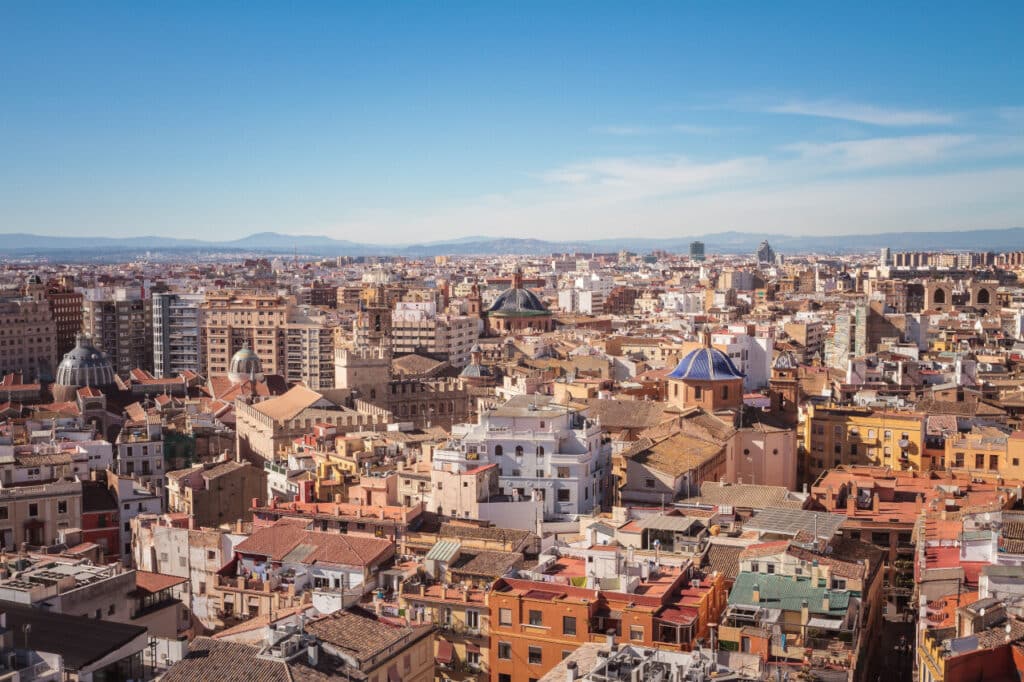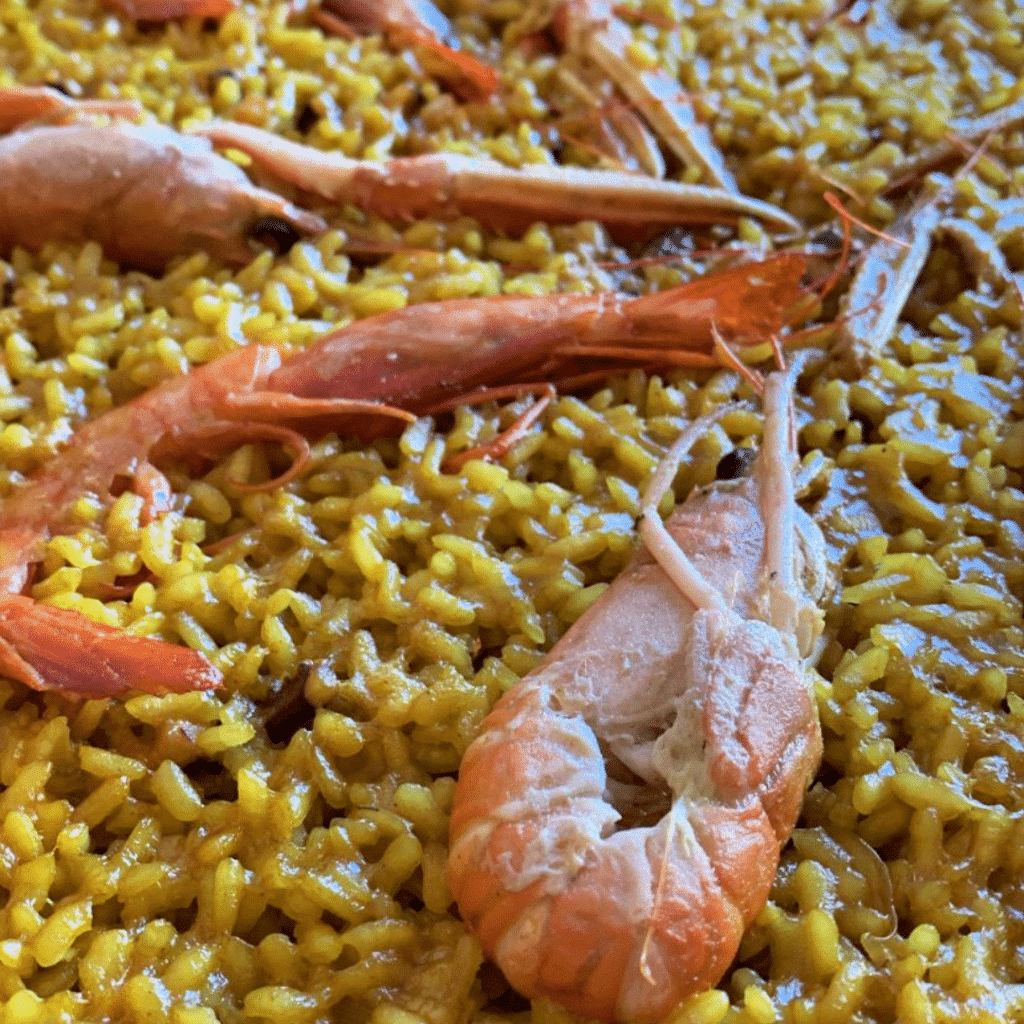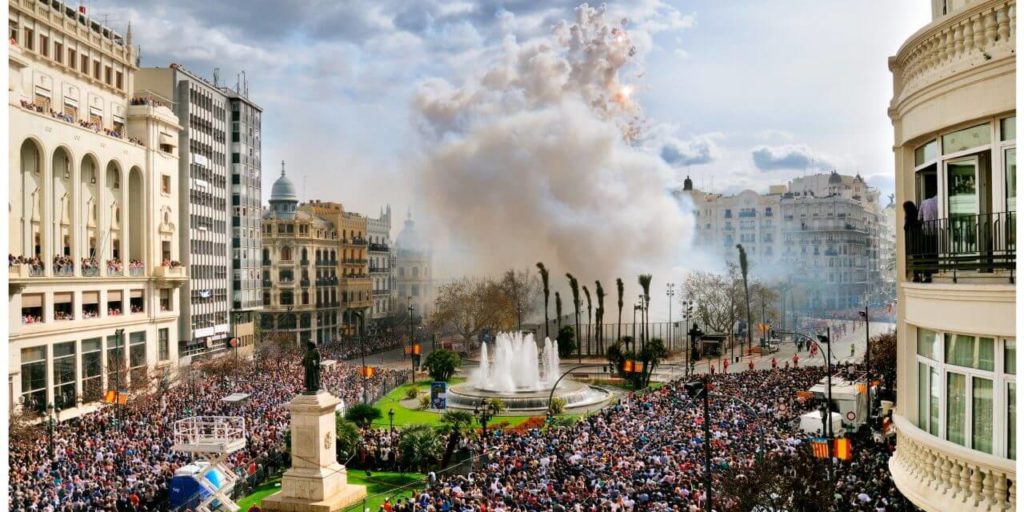Why You Can’t Eat The Oranges On The Streets Of Valencia
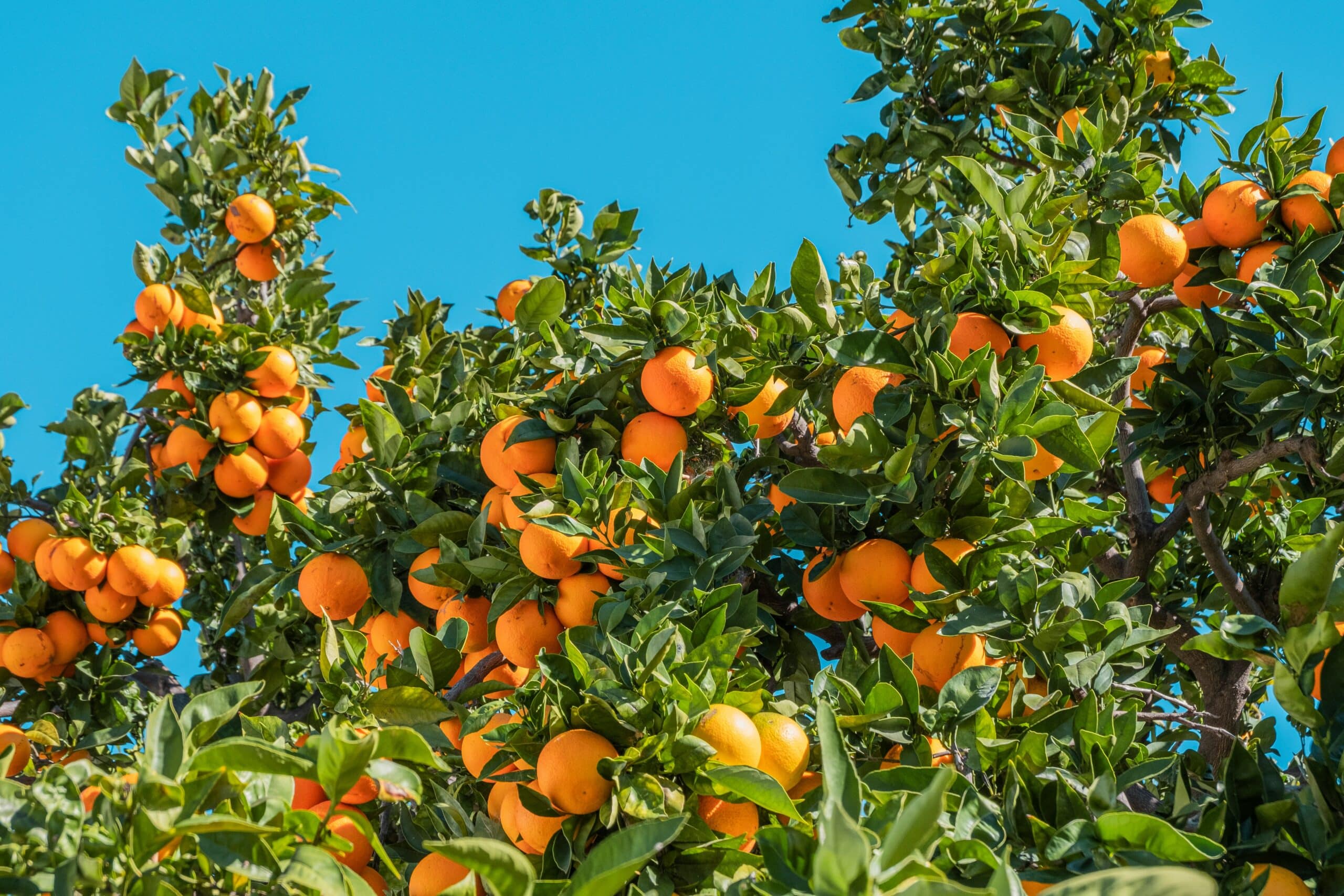
When you walk through the picturesque streets of Valencia, especially in fall, one of the first things that captures your eye (and nose) are the vibrant orange trees lining boulevards, plazas, and historic corners. But have you ever wondered why they are there, whether the oranges are edible, and what they really represent?
Let’s talk about the story of Valencia’s iconic street oranges, a symbol of the city that hides more than you might think behind its sweet scent.
Why Are There Orange Trees in Valencia?
Valencia is one of the main citrus-producing regions in Europe, and its relationship with oranges dates back centuries. But the trees you see in the city streets are not grown for harvesting.
They are bitter orange trees (naranjos amargos), planted for their decorative beauty, fragrant blossoms, and connection to local identity. These trees are part of the cityscape thanks to their:
- Evergreen foliage: Offering year-round green throughout the city.
- Azahar (orange blossom): Blooming blossom every spring with a heavenly scent.
- Mediterranean charm: A nod to the region’s agricultural heritage and love for nature-integrated design.
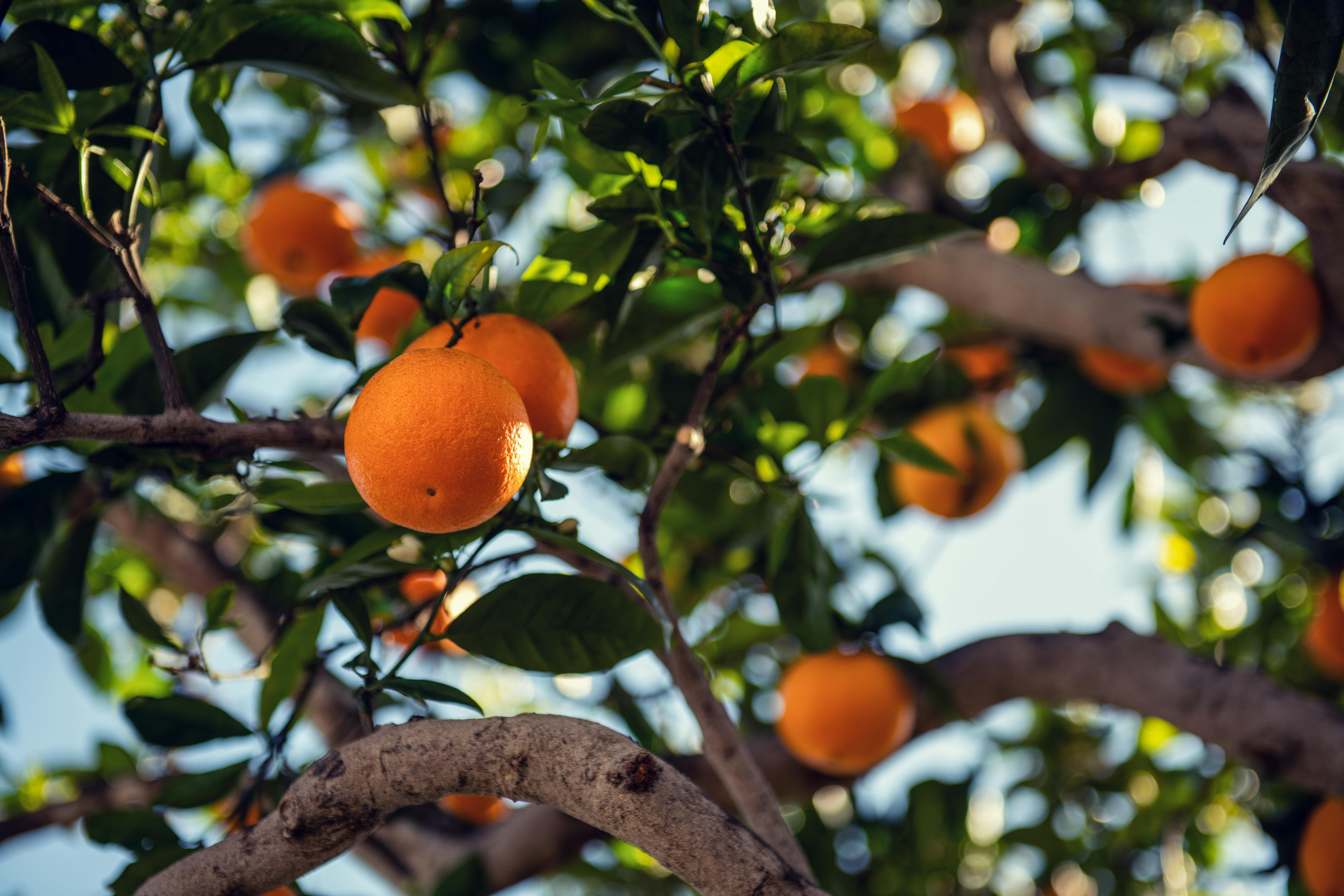
Are the Oranges Edible?
Short answer: No. At least, not directly. The oranges on Valencia’s streets are extremely bitter and sour. They’re not the sweet Valencian oranges used for juice or export. You can’t eat these oranges because:
- They’re treated with chemicals: The orange trees on the streets are often exposed to pesticides and even chemical sprays. They even absorb pollution.
- They’re mostly decorative: The city of Valencia (and many Spanish cities) plants these trees because they’re hardy and low-maintenance, drought-tolerant, evergreen and visually stunning especially when they bloom with fragrant white flowers in the spring
- They’re used in traditional products: but only after careful processing. They’re harvested to make things like: orange marmalade, herbal liqueurs and essential oils.
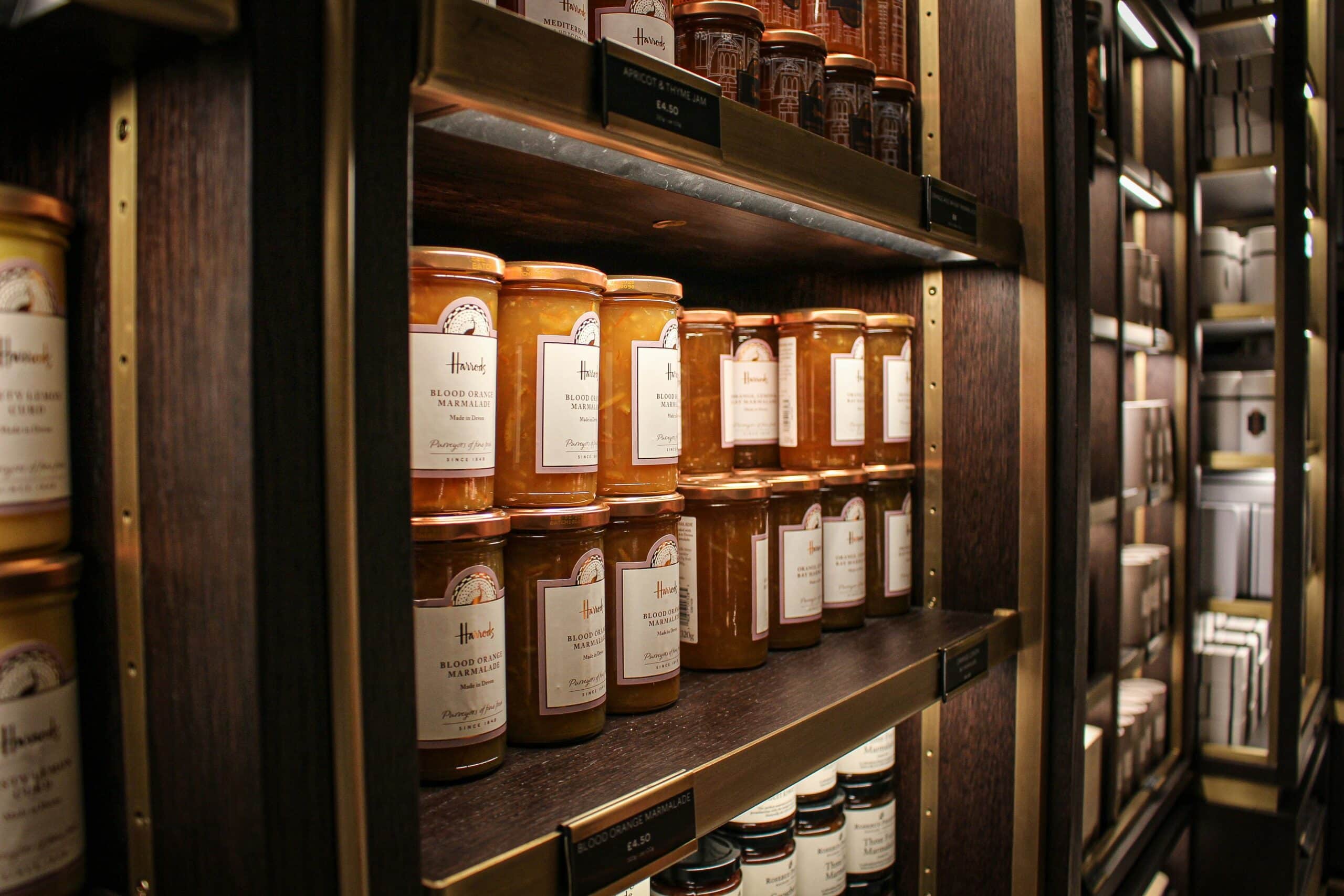
So, while they’re beautiful to look at, they’re best left on the trees (or in the hands of expert artisans).
A Bit(ter) of History
The bitter orange tree has Moorish origins in Spain. Introduced by the Arabs in the 10th century, it was initially planted in courtyards of palaces and mosques for its ornamental value and soothing aroma.
Valencia with its warm climate and deep Islamic legacy became an ideal home. Over time, the tradition expanded to public spaces, and today, you’ll see orange trees everywhere throughout the city. If you’re looking to photograph or simply enjoy the best of Valencia’s citrus charm, don’t miss these spots:
- Turia Riverbed Gardens
- Plaza de la Virgen
- Jardines del Real (Viveros)
- La Lonja de la Seda
- The University Area
Orange Blossom Traditions
The azahar (orange blossom) isn’t just a smell, it’s a symbol. In Valencian culture, the flower stands for purity, love, and new beginnings. That’s why it’s commonly used in:
- Bridal bouquets and wedding ceremonies
- Holy Week processions, especially in decorations for floats
- Local perfumes and soaps sold in traditional markets
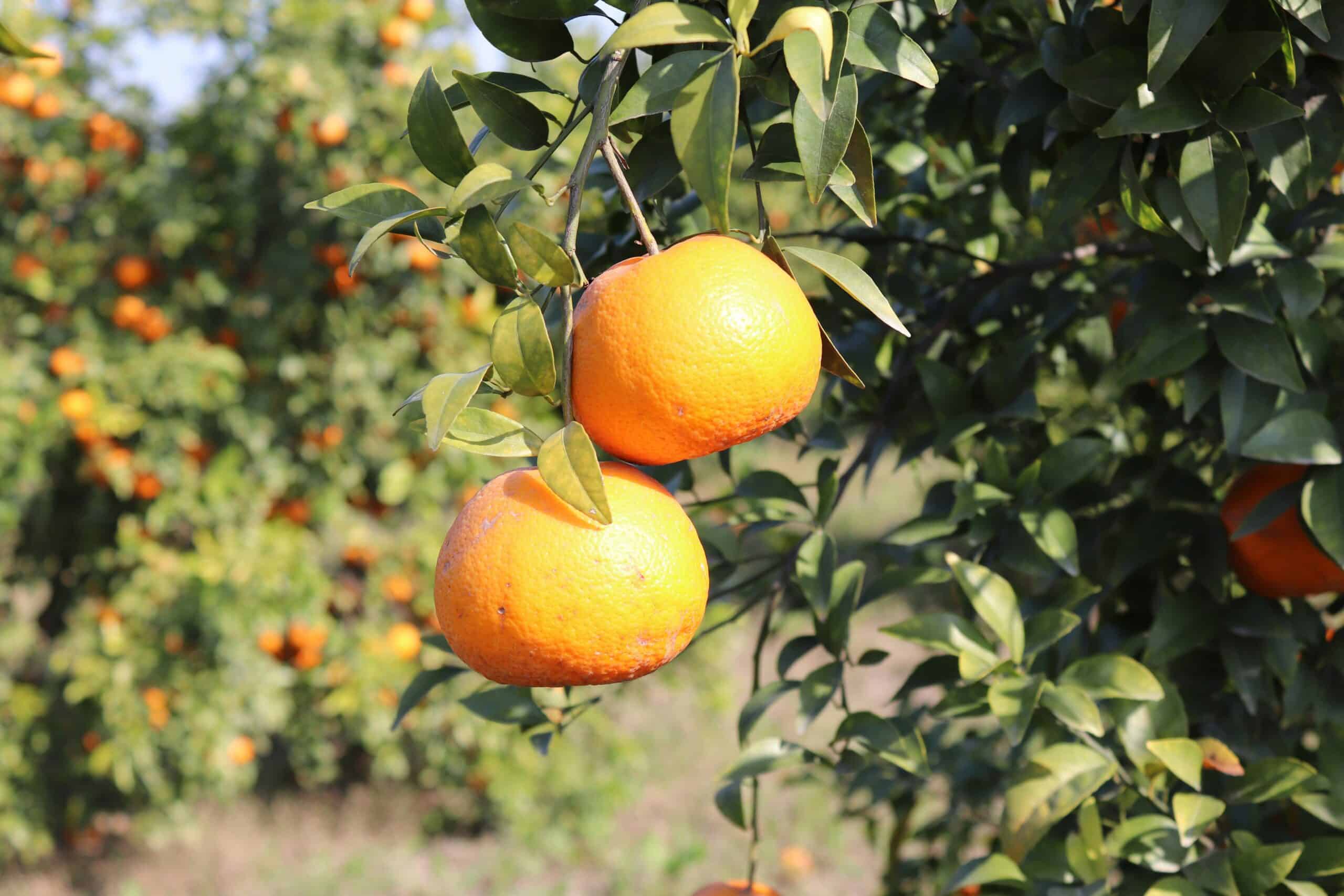
Did You Know?
- Valencia has more than 16,000 orange trees in its urban layout.
- The city spends thousands of euros every year to clean fallen fruit from sidewalks, they can be surprisingly slippery!
- Some municipalities have started donating the bitter oranges to companies that produce marmalade and eco-friendly cleaners.
Fun Tip for Visitors
Best time to visit for orange blossoms? Late March to mid-April. You’ll catch the city in full fragrance, just before the oranges begin to form. Join our excursion to the orange orchard, and discover the authentic paradise of the Valencian orange. Pair it with the Las Fallas festival tour in March and you’re in for the full Valencian experience!
Valencia is a city where nature meets history on every corner and its orange trees are the perfect example. They don’t just decorate the streets, they tell a story of culture, climate, and centuries-old traditions.
Enjoy the views and the scents!
Check out more of our tours and excursions:
https://www.valenciaandgo.com/tours
Discover all the programmes in and around the city on our socials! @valenciaandgo




